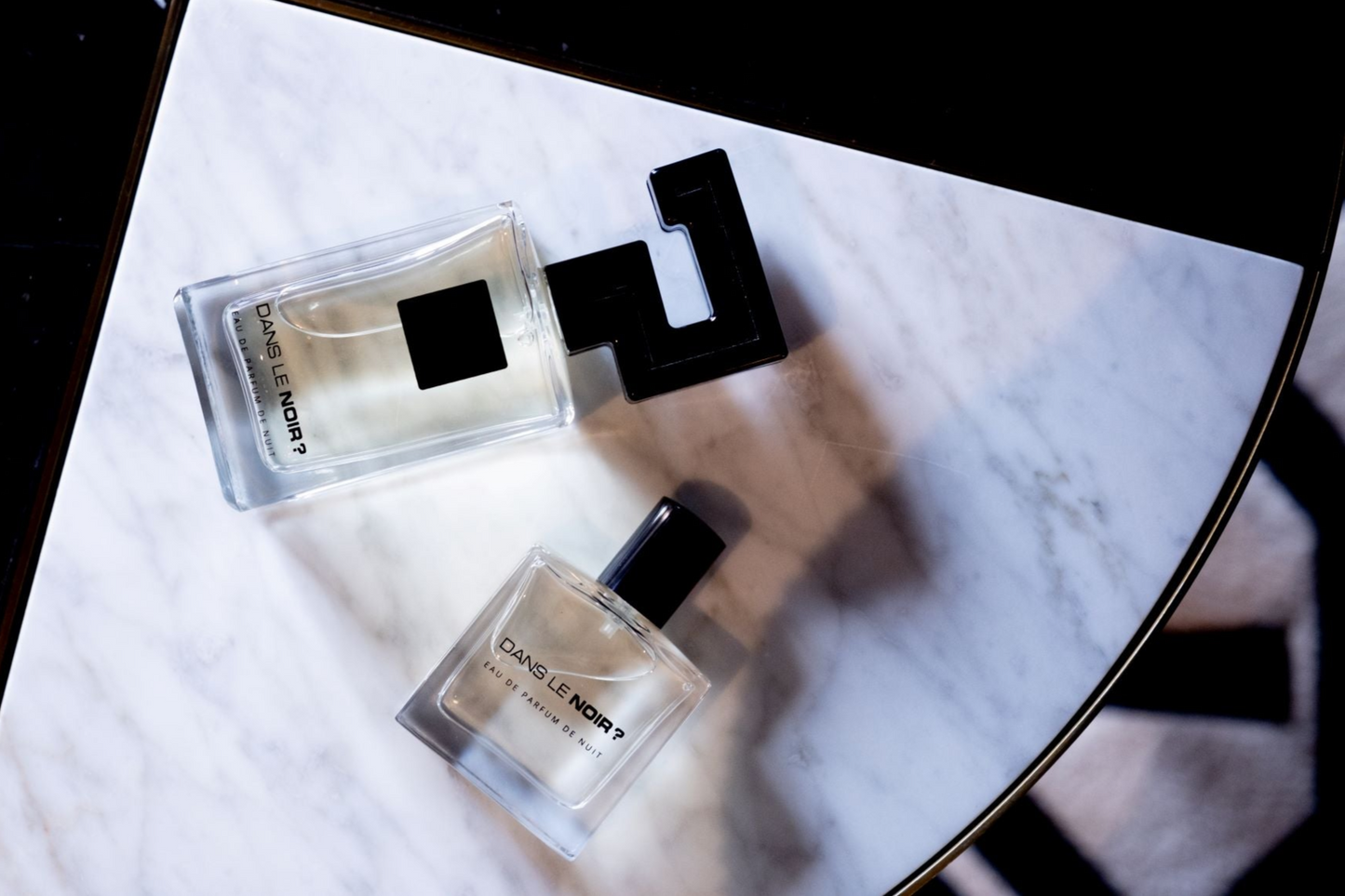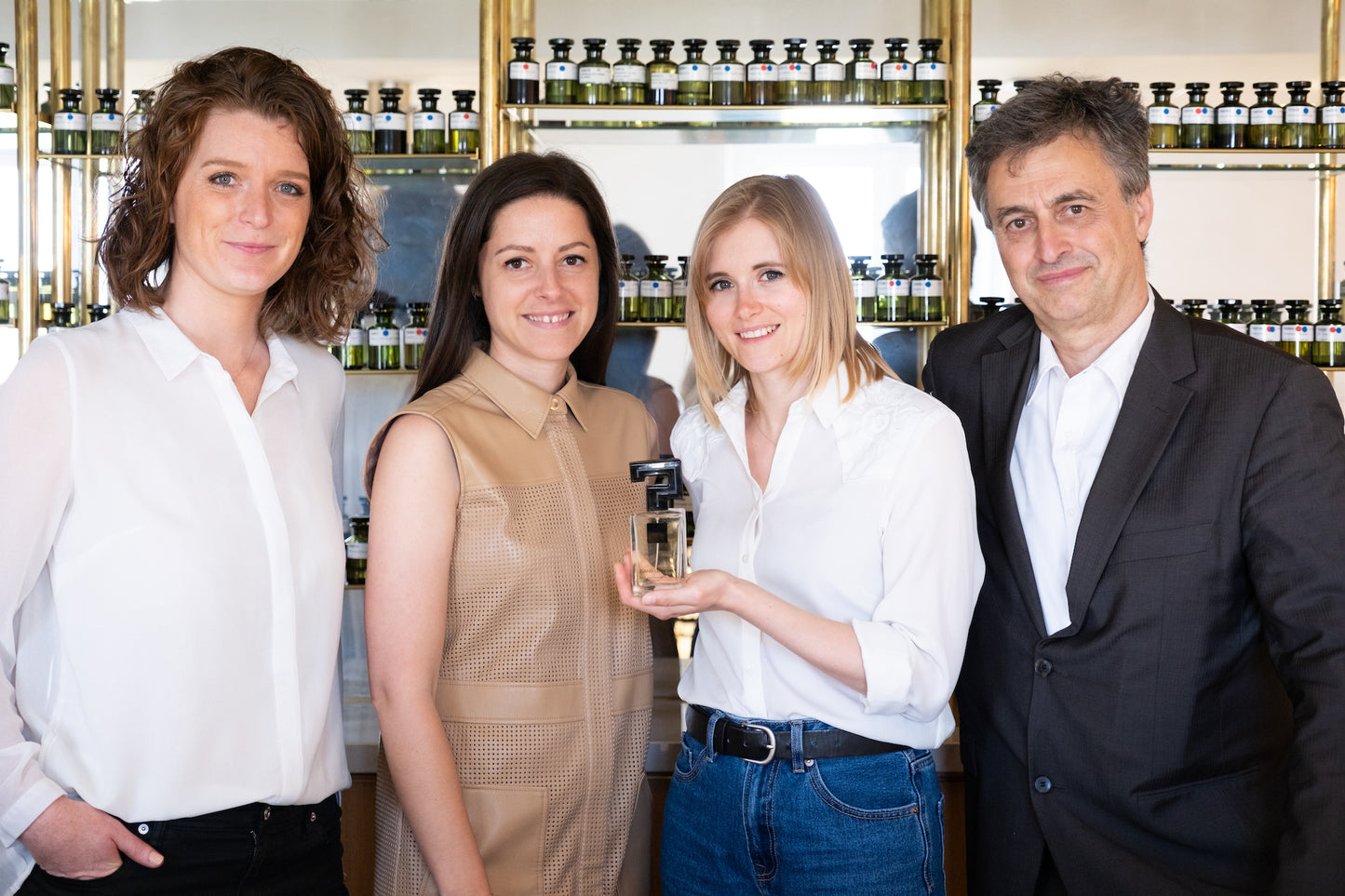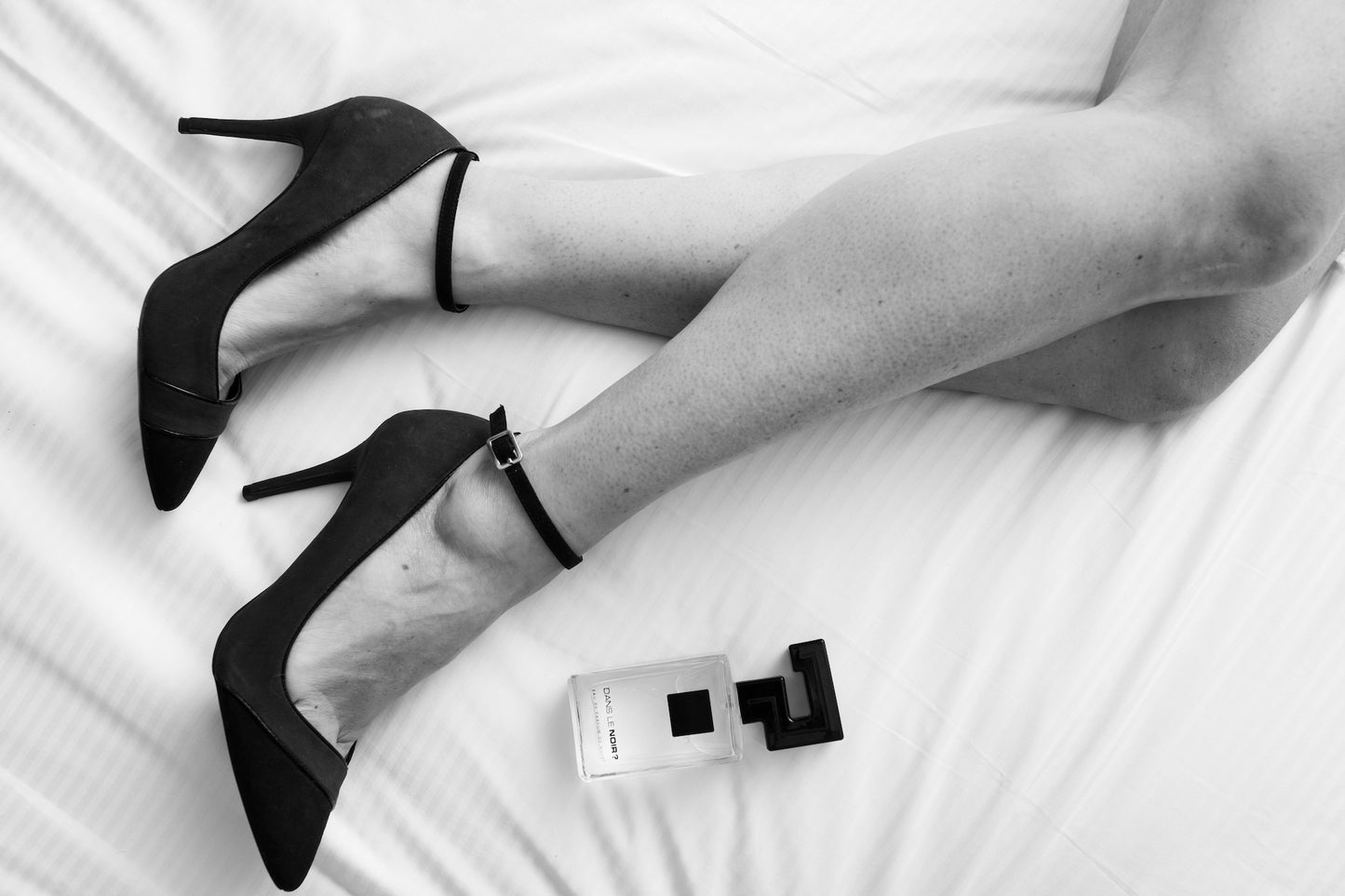
One perfume, a thousand skins
You tested a fragrance on someone and fell in love with it… but on your skin, it didn't quite feel the same. Less warm, drier, too intense? It's normal. And inevitable.
A perfume, no matter how well crafted, never reacts the same way depending on the person wearing it. This is neither a question of quality nor a simple subjective impression: it is a biological and sensory reality. Perfume is a living substance that interacts with the warmth, pH, hydration, and natural scent of the skin.
The skin, the invisible actor of perfume
Skin is not a neutral medium. A living organ, it has its own temperature, pH, hydration level, and unique scent. It acts as an active filter, absorbing and transforming perfume molecules.
Thus, the same fragrance may appear more floral on one, more woody on another. Rounder on some skins, more lively or more discreet on others. It is not the perfume that changes, but the dialogue it maintains with the person who wears it.
Three essential factors: heat, hydration, pH
-
Body heat : it accelerates diffusion and highlights the top notes, providing a more perceptible but sometimes more ephemeral trail.
-
Hydration : dry skin absorbs perfume quickly, reducing its hold; well-nourished skin fixes the notes better and retains their roundness.
-
Skin pH : depending on its natural acidity, it can make a fragrance drier, more powdery or softer.
Personal Chemistry and the Environment
Beyond the skin, our hormones, diet, and environment subtly alter scent. Hormonal fluctuations influence the temperature and composition of sweat, thus changing olfactory expression.
Foods rich in spices, alcohol, or certain medications can alter certain aspects. Finally, climate, humidity, pollution, and fabrics also influence the perception and projection of fragrance.
The beauty of variation
Where some see instability, we must see the strength of a perfume: its ability to become intimate, unique. When it reacts to your skin, it ceases to be generic and becomes your signature. It is this olfactory singularity that transforms perfume into a living, personal, and emotional object.
Night Perfume in the Dark?: designed for the skin
Created to adapt, not to standardize, the Night Perfume In the Dark? was designed to accompany the skin, breathing, and movement. Tested in the dark by visually impaired sensory experts, it prioritizes emotion and feeling over demonstrative effect.
-
Creamy sandalwood for grounding and warmth.
-
Milky tonka bean for velvety softness.
-
Silk-cotton blend for a pure textile feel.
-
Subtle vanilla for emotional memory and tenderness.
-
White musks for a discreet and enveloping trail.
Each material has been chosen to react to contact with the skin, so that the perfume becomes a sensory dialogue, different for each person.
Conclusion
A perfume is never static: it lives, breathes, and transforms through contact with the person who wears it. This transformation is its strength, because it makes each scent unique.
The Night Perfume In the Dark? was designed with this philosophy: a perfume for the skin, for silence and for the night, which does not impose itself but reveals itself.






